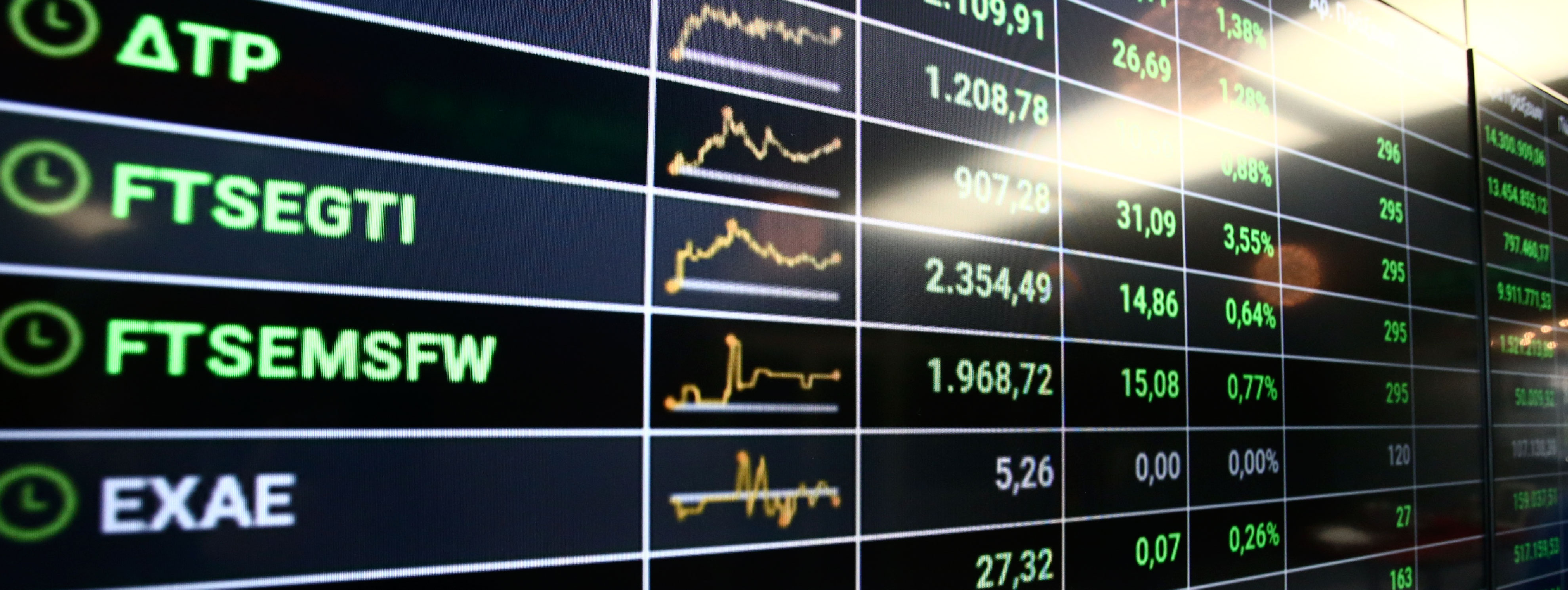The operation of ETFs is carried out in two market levels:
- Primary Market Level -The main activity which takes place at this level is the creation/redemption of ETFs, whilst the participants involved in the procedure are Market Makers, Institutional Investors and the ETF Issuer. ETF units are created (redeemed) by the issuer, who in return receives the ‘basket' of shares which compose the underlying index (ETF units) or cash. The creation/redemption of ETF units is carried out in block trades and their multiples known as ‘Creation Units' (usually 1 Creation Unit=50,000 ETF units), while the frequency of the specific process depends on the ETFs demand in the market.
- Secondary Market Level - The main activity which takes place at this level is the trading of ETF units, whilst the participants who are involved in the procedure are the stock exchange, Members, Market Makers and investors. Transactions in ETF units are concluded via the electronic trading system (OASIS) of ATHEX while continuous liquidity is achieved by the presence of at least one Market Maker.
The Role of the Market Maker
At the time an ETF is traded at the stock exchange, the Mutual Fund Management Company (M.F.M.C.) is obliged to appoint at least one (1) Market Maker.
The ETFs Market Maker, apart from his classic role of providing liquidity on the units, will be the key participant in formulating prices in the market, in order to squander any variances between the market price of the ETF unit and the indicative net asset value (iNAV), via arbitrage mechanisms: by way of indication, if an ETF unit is traded at a price higher than the iNAV price (premium), the Market Maker will buy the underlying titles of the index at the price which corresponds to the Indicative NAV of the ETF and then, will exchange these titles for the new overvalued ETFs (via the creation of new units). On the contrary, if an ETF is traded at a price that is lower than the iNAV (discount), then the Market Maker will buy the "undervalued" ETF units and will exchange them with the corresponding shares (via redemption).
The following depicts the arbitrage mechanism:










 20240917 Bank of Cyprus Holdings plc - Summary Document-ENG-Final.PDF
20240917 Bank of Cyprus Holdings plc - Summary Document-ENG-Final.PDF  AUTOHELLAS_PROSPECTUS.pdf.crdownload
AUTOHELLAS_PROSPECTUS.pdf.crdownload 
 Resolution No 22 Regulation of Technical Matters for Trading on ATHEX Markets 22042024
Resolution No 22 Regulation of Technical Matters for Trading on ATHEX Markets 22042024 
